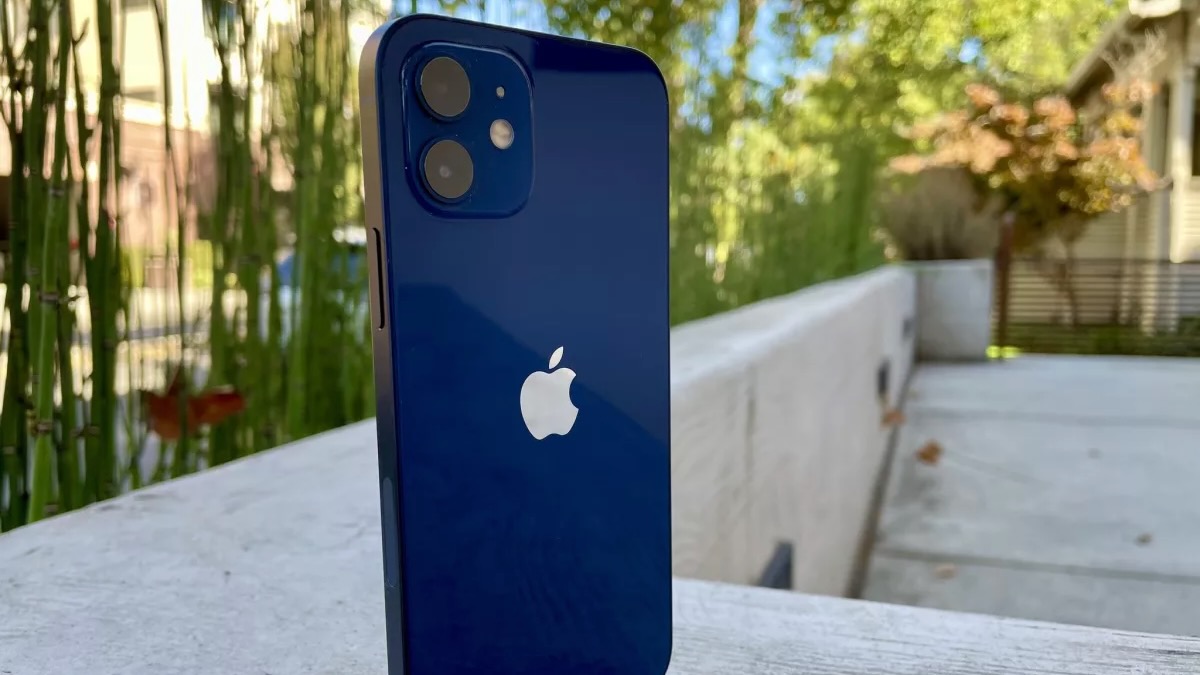
Two Maryland residents who submitted over 5,000 fake iPhones to the Apple Genius Bar for repair have been convicted of fraud and could face up to 20 years imprisonment. The duo is said to have intended to cause a loss of more than $3 million dollars to Apple by fraudulently replacing inauthentic iPhones.
According to evidence, Haotian Sun and Pengfei Xue defrauded Apple for over two years between May 2017 and September 2019 by submitting “counterfeit iPhones to Apple for repair to get Apple to exchange them with genuine replacement iPhones.”
They received thousands of fake iPhones from Hong Kong and submitted the devices with “spoofed serial numbers and/or IMEI numbers to Apple retail stores and Apple Authorized Service Providers, including the Apple Store in Georgetown.”
Using multiple aliases throughout the two-year period, the pair were finally arrested on December 5 2019, and after an investigation by the U.S. Postal Inspection Service and Homeland Security, finally taken to court.
Sun and Xue have now been found guilty of “conspiracy to commit mail fraud and mail fraud, which carry a statutory maximum sentence of 20 years in prison.” The scheduled sentencing will take place on June 21, 2024.
Sending fake iPhones in for repair
While the details of the process used by the thieves have not been made public, my experience working at the Genius Bar could give some insight into how a fake iPhone can pass for a real one.
The process of repairing or replacing dead units may have changed since I stopped working for Apple at the end of 2020. However, when a customer brought an iPhone that didn’t power on into the Apple Store, there were specific tests that were done in order to determine if the device would ever power on again or whether it required a full unit replacement.
In order to run the tests, the faulty iPhone is plugged into a Mac via a dongle called an Integrated Current Checker, that determines whether or not there is any life inside the device. With spoofed serial numbers and/or IMEI numbers, the pair must’ve found a loophole to bypass or fool the test in order to receive a real iPhone as a replacement for the fake ones.
The best iPhones at the time would’ve been the iPhone 8 or iPhone X in 2017, with the iPhone 12 launching in September 2019 when the crooks stopped. Could the change of design in the iPhone 12 have made it difficult for the duo to find fakes? It would seem plausible considering the much-anticipated redesign.







